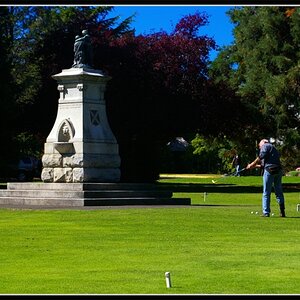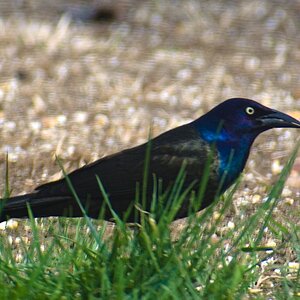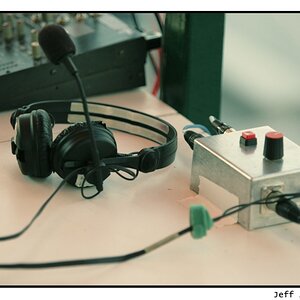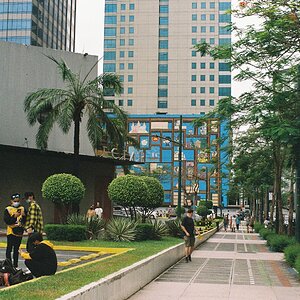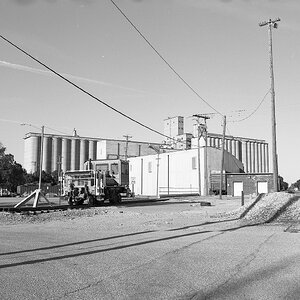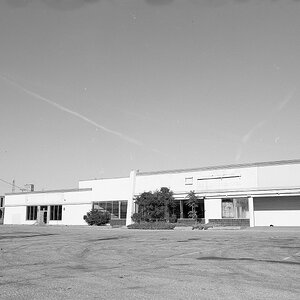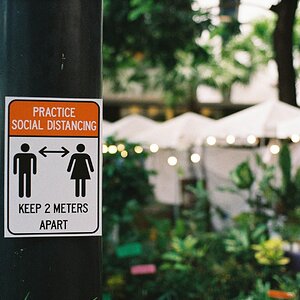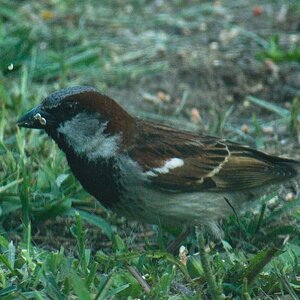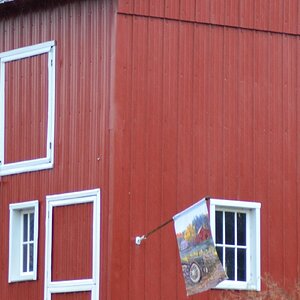TheBot
TPF Noob!
- Joined
- Jun 18, 2012
- Messages
- 8
- Reaction score
- 1
- Location
- Detroit
- Can others edit my Photos
- Photos NOT OK to edit
When shooting interiors, I use a Sigma 610 DG ST Flash unit. TTL Mode. I have the unit pointing at the ceiling, not using the wide diffuser/bounce card(Correct word?). But I'm getting flash reflection off things, IE:cabinets, and I'd like to not get that reflection. 1-It's adding time to my editing 2-It doesn't look professional. I do have a flash dome, but I haven't used it enough to be efficient with it or know when to use it. Maybe this is the time?
Any tips in how to remove it while shooting? I'm 5'6", shooting eye-level or middle chest level. Thanks in advance!

DSC01874 by Bradley J Ather III, on Flickr
Any tips in how to remove it while shooting? I'm 5'6", shooting eye-level or middle chest level. Thanks in advance!

DSC01874 by Bradley J Ather III, on Flickr


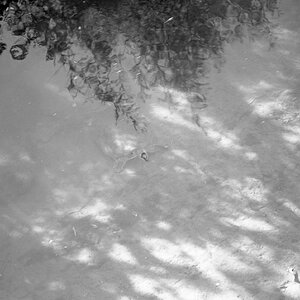

![[No title]](/data/xfmg/thumbnail/36/36394-700ff78d7b45c663863e641a9bcf1fe1.jpg?1619737548)
